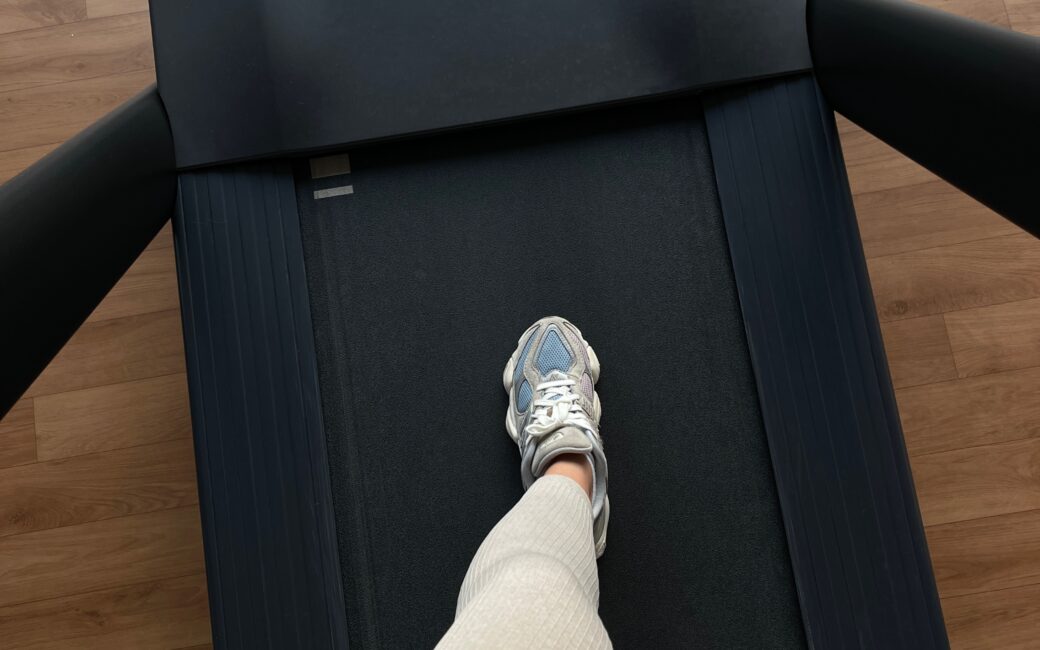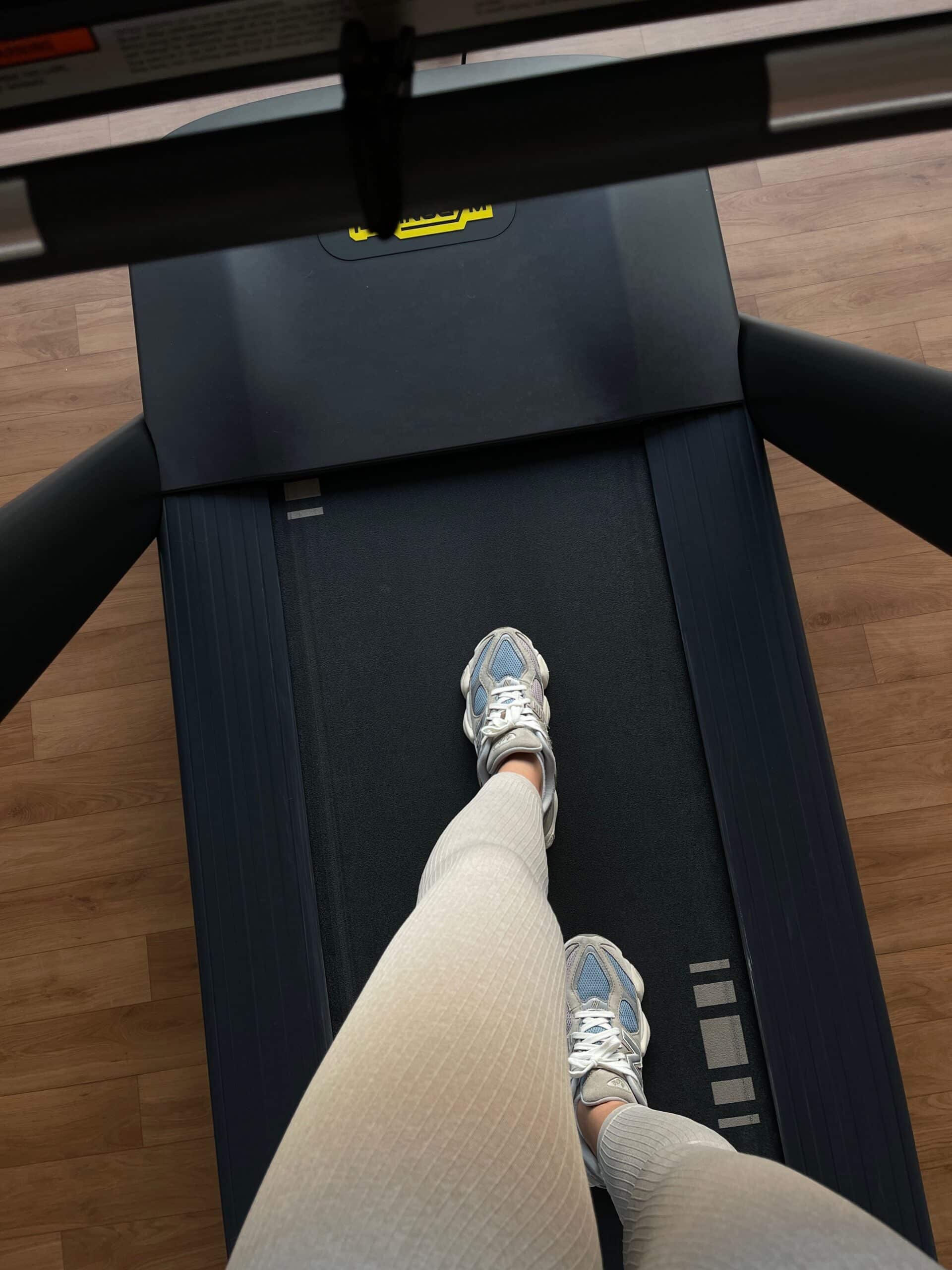Week 11
Notice and Name
In our fast-paced lives, it’s easy to become disconnected from the signals our bodies send us. Rushing from one task to another, our minds often race ahead, leaving our physical sensations trailing behind.
Mindfulness, a concept rooted in ancient contemplative traditions, has gained significant traction in modern psychology and wellness practices. At its core, mindfulness involves intentionally paying attention to the present moment, without judgment. Central to this practice is the cultivation of body awareness—the ability to tune into the sensations, feelings, and experiences unfolding within our bodies.
**The Practice of Noticing:**
Noticing is the first step towards cultivating body awareness. It involves bringing conscious attention to the physical sensations present in our bodies. This may include the rhythm of our breath, the tension in our muscles, or the subtle tingling of our fingertips. By noticing these sensations, we establish a direct connection with our bodies, grounding ourselves in the present moment.
**The Power of Naming:**
Naming what you notice is the next step. Once we’ve noticed a sensation, giving it a name—whether it’s “tightness in the chest” or “fluttering in the stomach”— it helps us acknowledge and validate our experiences and let them go if we so choose to.
For instance, when we encounter feelings of stress or anxiety, simply acknowledging them as “anxiety” can provide a sense of relief. By naming our emotions, we create space for them to exist without being overwhelmed by their intensity. Moreover, naming allows us to cultivate a compassionate attitude towards ourselves, fostering self-acceptance and emotional resilience.
**The Benefits of Mindfulness and Body Awareness:**
The practice of mindfulness and body awareness offers a myriad of benefits for our physical, mental, and emotional well-being, including stress reduction, improved emotional regulation, stronger relationship with self and others, improved sleep and concentration and more!
What To Do Today:
What do you feel right now? What name can you give those sensations? What are those sensations telling you about what you need? Does giving those sensations a name help them feel more manageable? Think about how noticing and naming body sensations can help you achieve your goals.






